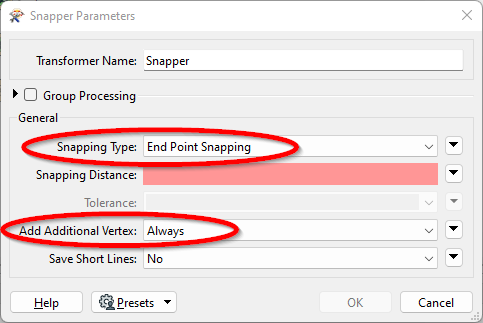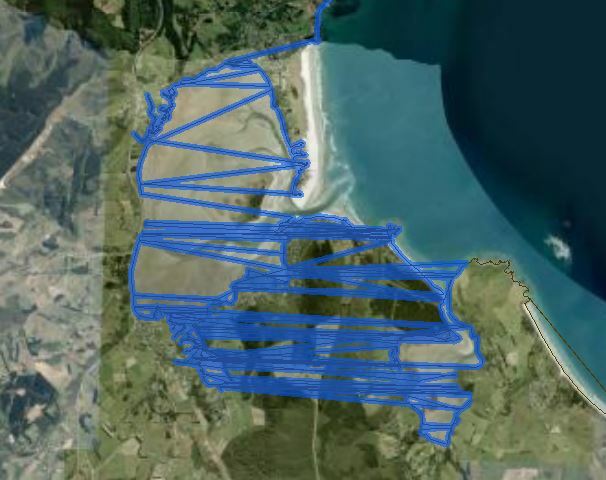Hi,
I have a contour dataset which has been clipped incorrectly and has produced errors in the resulting polylines. There are numerous breaks in it, for example, the 0.8m contour line (see attached image) and I would like to join these together. A straight line is fine. I have tried Snapper and LineCombiner with no success. Any suggestions would be great!
Thanks.









 Also very important to remember that the snapping distance is relative to the coordinate system of the input. Meaning that if the the incoming data is in degrees, the snapping distance must also be specified in degrees.
Also very important to remember that the snapping distance is relative to the coordinate system of the input. Meaning that if the the incoming data is in degrees, the snapping distance must also be specified in degrees.
